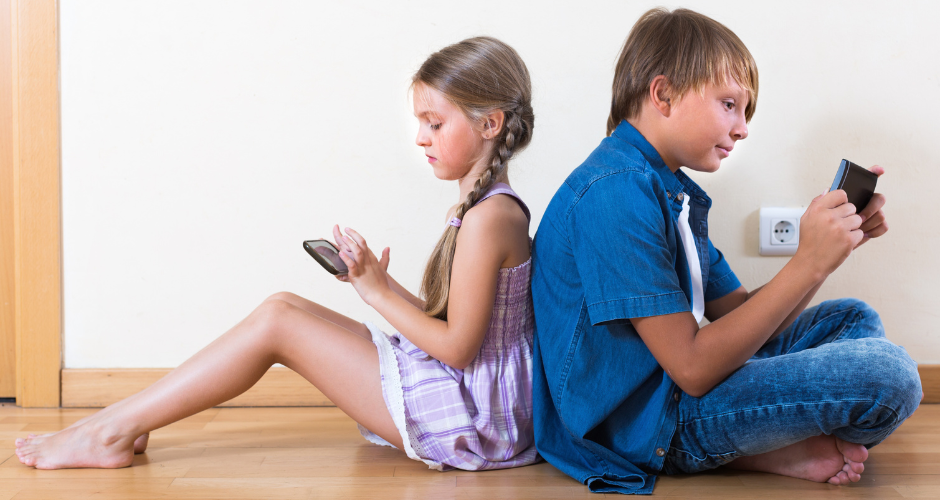From an ever-earlier age, kids can seem constantly connected to their devices. And no wonder. The screen is all about instant gratification, and it can be very rewarding. Getting social media “likes” and leveling up in games has a physiological impact of releasing dopamine – the happy hormone – into the brain’s prefrontal cortex.
The Darkside of Technology for Children
Unfortunately, the dark side of screens is also undeniable. The anonymous nature of social media platforms lends itself to a culture of kids being mean without fear of retaliation. Nearly one in six US teens have personally experienced at least one of the follow forms of abusive online behavior, according to a Pew Research Center 2018 survey:
- Offensive name-calling (42%)
- Spreading of false rumors (32%)
- Receiving explicit images they didn’t ask for (25%)
- Constant asking of where they are, what they’re doing, who they're with, by someone other than a parent (21%)
- Physical threats (16%)
- Having explicit images of them shared without their consent (7%)
It’s probably not surprising that studies have connected social media with symptoms of depression and anxiety. Not only can interactions be mean, the digital world makes it easy for kids to compare themselves to the seemingly perfect pictures they see of peers online. Fear of missing out (FOMO) is also amplified. Now two specific conditions have been identified.
“Facebook depression,” as identified by the American Academy of Pediatrics, connects the classic signs of depression with the intensity of the online world, such as constantly seeing status updates and friends seemingly living better lives.
“Social media anxiety disorder,” as identified by the Anxiety and Depression Association of America, includes stopping to check social media in the middle of a conversation, spending more than six hours a day on social media and failing in attempts to cut back on social media.
Ways to Manage your Children's Devices
What’s a parent to do? Managing devices and social media is an important part of parenting. Tips include:
- Be in charge. Treat screens as a privilege, not a right.
- Set limits early so it’s easier to transition into teen years.
- Follow social media guidelines. Many platforms set a minimum age of 13.
- Talk about making good choices about inappropriate content and bullying.
- Watch for changes in mood, stress, anxiety, and encourage open communication about feelings and emotions.
- Pay attention to secretive behaviors, especially around their phones and take note of new friends and social circles.
- Keep screens out of bedrooms so kids’ brains can wind down and keep bedtime on schedule.
- Recharge phones overnight in a central location so teens aren’t scrolling at 2 am.
- Be a role model by putting your phone away during meals and limiting your time on social media.
- Urge face-to-face connections and offline hobbies.
Managing screens can be a tiring part of parenting, but don’t let up. It’s also important to balance respect for kids' privacy with the fact that safety overrides privacy concerns. The benefits of being involved and encouraging positive habits include more sleep, better grades, lower risk of obesity, less aggression, more positive social behavior and happier kids.





